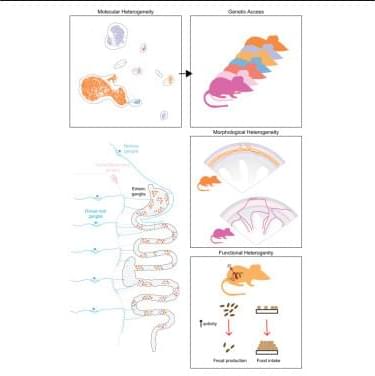New research shows that long-term memory is not stored by a single molecular switch, but by a sequence of timed genetic programs unfolding across different brain regions.
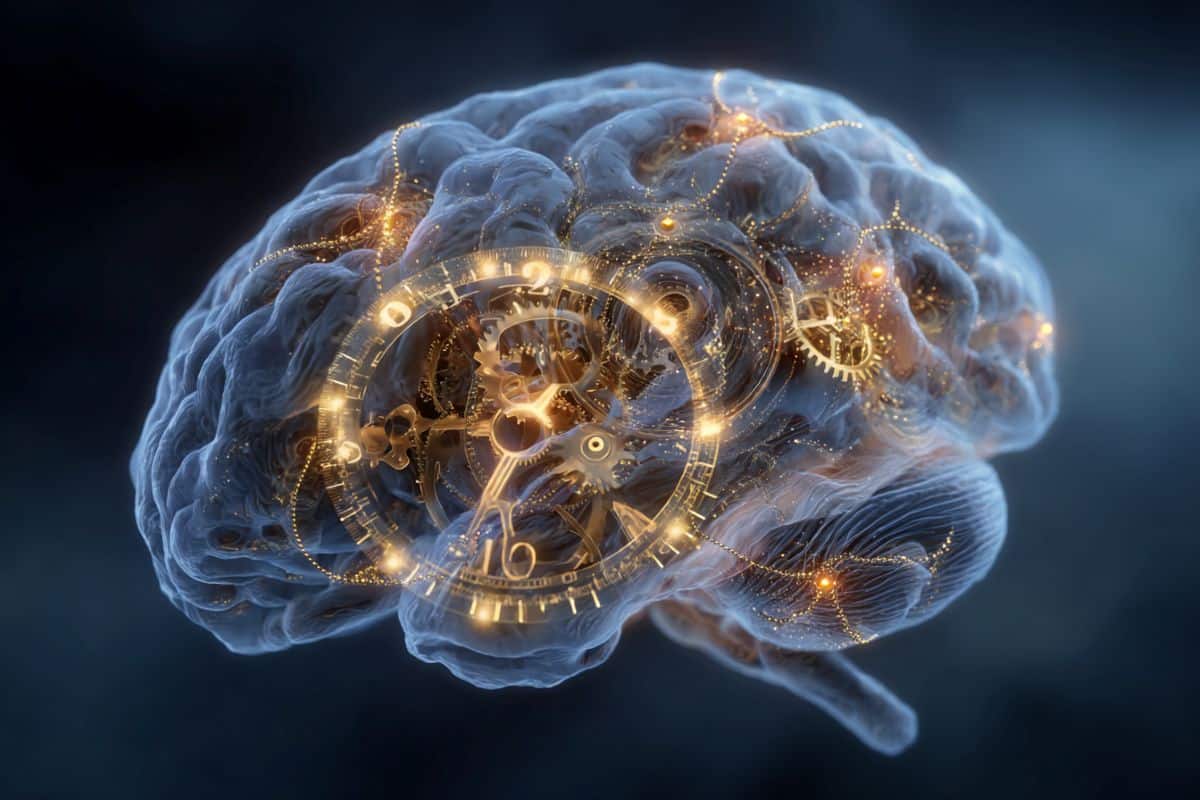

Euclid’s first data release is here — and it’s already transforming our understanding of galaxy evolution, black hole growth, and the hidden structure of the Universe. From secondary galactic nuclei to rare ionized systems and newly revealed dwarf galaxies, Euclid is opening a new chapter in cosmology. To learn more about Euclid’s First Data Release, you can watch our full video on YouTube.
Paper link : https://arxiv.org/pdf/2503.
Chapters:
00:00 Introduction.
00:49 DISCOVERY
03:59 SCIENTIFIC IMPORTANCE & THEORIES
07:17 IMPLICATIONS & WHAT’S NEXT
10:49 Outro.
11:03 Enjoy.
MUSIC TITLE : Starlight Harmonies.
MUSIC LINK : https://pixabay.com/music/pulses-star… our website for up-to-the-minute updates: www.nasaspacenews.com Follow us Facebook: / nasaspacenews Twitter:
/ spacenewsnasa Join this channel to get access to these perks:
/ @nspacenews #NSN #NASA #Astronomy.
Visit our website for up-to-the-minute updates:
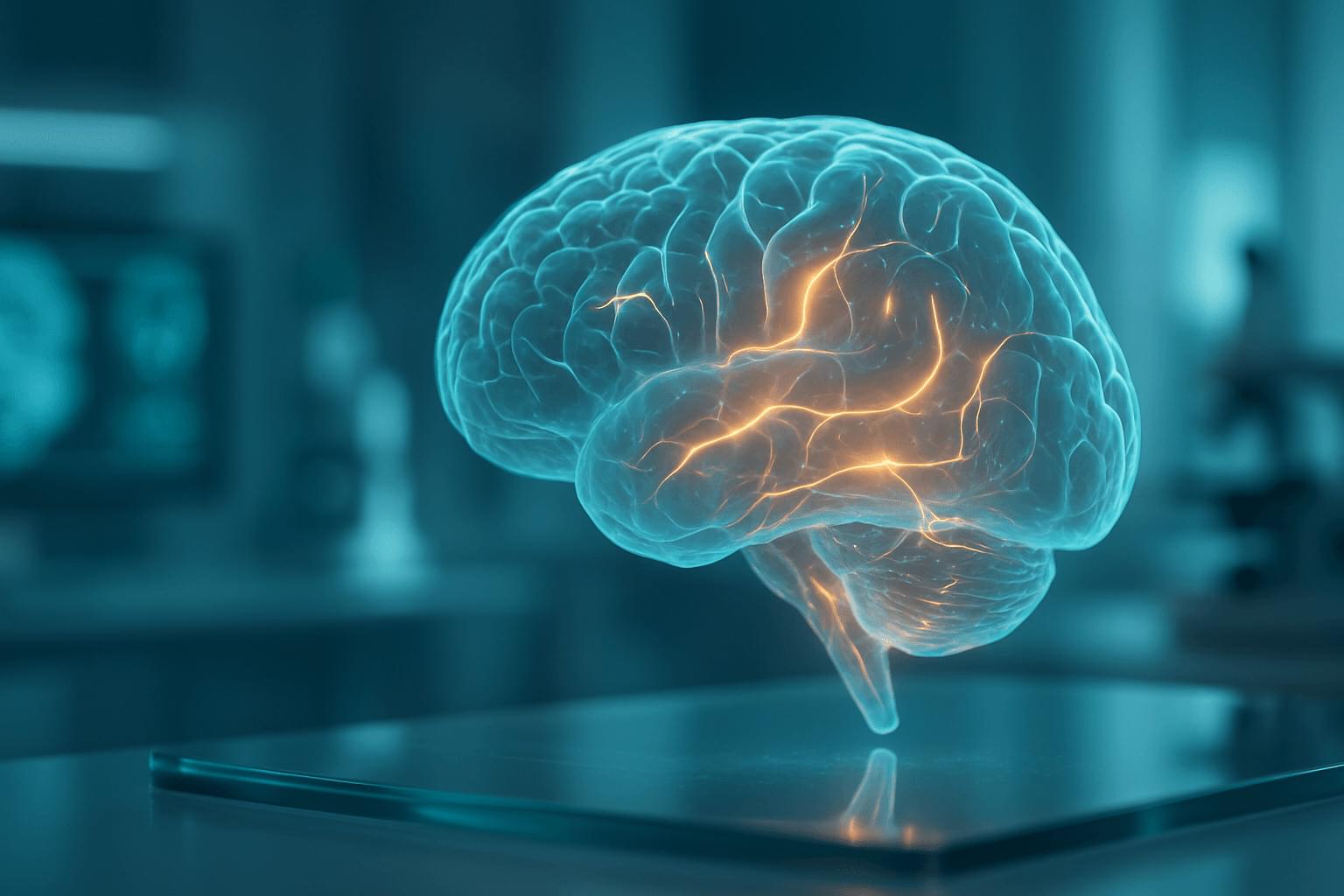

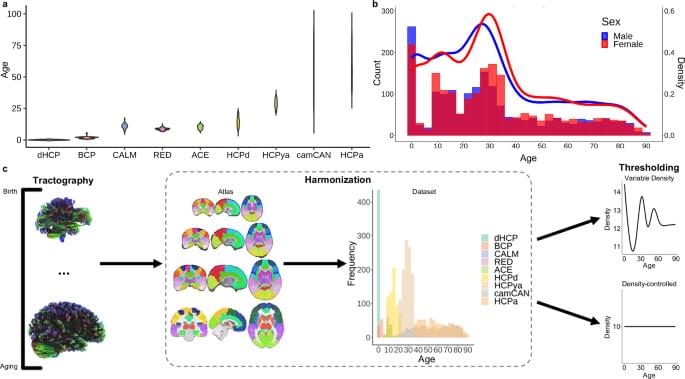
Support this channel to help me continue this journey!:https://patreon.com/poggygaming🔴 Twitch: https://twitch.tv/sirpoggy📺 Subscribe: https://youtube.com/.…


In this episode of The Quantum Spin by HKA, host Veronica Combs discusses the intersections of quantum technology and cybersecurity with Chuck Brooks, an adjunct professor at Georgetown University and the president of Brooks Consulting International. Chuck discusses how the evolution of technology, particularly AI and quantum computing, has dramatically transformed cybersecurity. The conversation also touches on the role of CISOs, the integration of new technologies, and the importance of ongoing education and adaptation in the face of rapidly changing technologies.
00:00 Introduction to Quantum Spin Podcast 00:34 Guest Introduction: Chuck Brooks 00:46 Chuck Brooks’ Career Journey 02:09 Evolution of Cybersecurity 02:47 Challenges for CISOs 04:27 Quantum Computing and Cybersecurity 07:43 Future of Quantum and AI 10:51 Disruptive Technologies in Organizations 15:15 AI in Academia and Professional Use 17:06 Effective Communication on LinkedIn 18:23 Conclusion and Podcast Information.
Chuck Brooks serves as President of Brooks Consulting International with over 25 years of experience in cybersecurity, emerging technologies, marketing, business development, and government relations. He also is an Adjunct Professor at Georgetown University in the Cyber Risk Management Program, where he teaches graduate courses on risk management, homeland security, and cybersecurity.
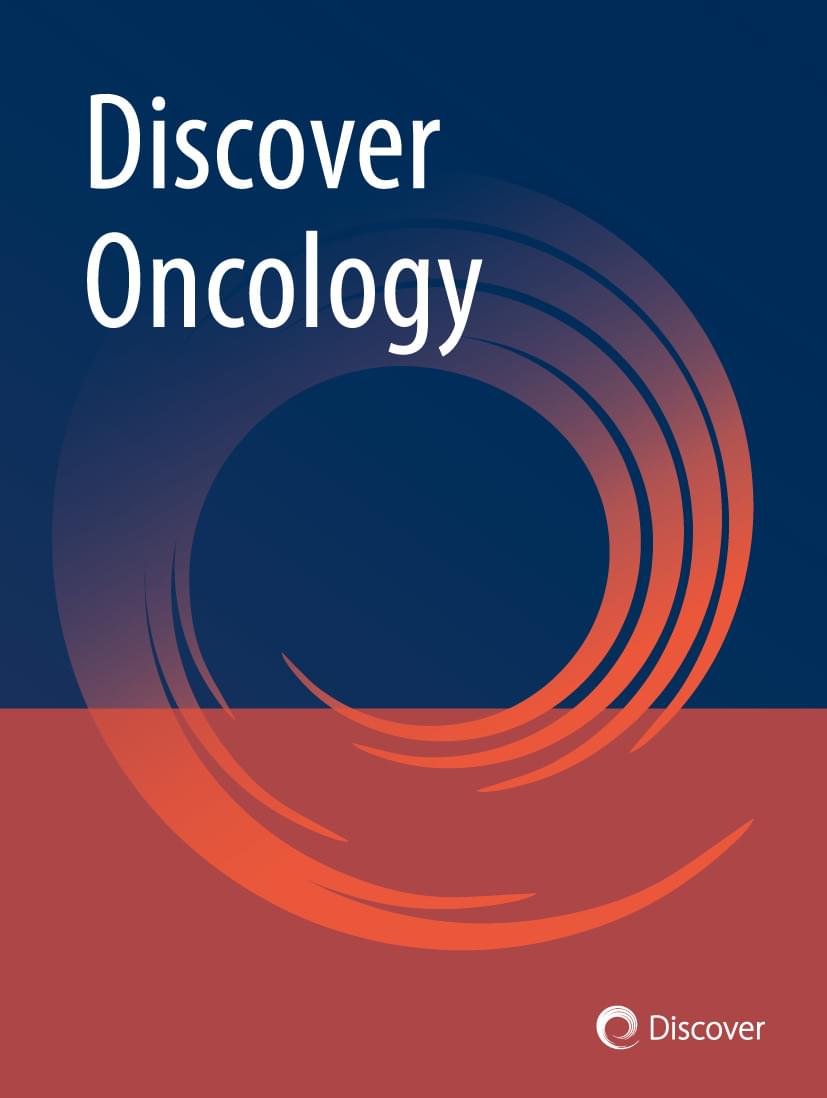
Skin cutaneous melanoma (SKCM) is the deadliest skin cancer, with rising global incidence. Cellular senescence plays an essential role in tumorigenesis, progression, and immune modulation in cancer, however, its role in SKCM prognosis and immunotherapy response remains unclear.
We analyzed 279 senescence-related genes (SRGs) in 469 patients with SKCM from The Cancer Genome Atlas. A cellular senescence-related signature (CSRS) was constructed using univariate and LASSO Cox regression analyses. Kaplan-Meier survival curves and receiver operating characteristic (ROC) analyses were used to evaluate its predictive performance. Consensus clustering based on SRG expression stratified patients into distinct subgroups. External validation was performed using the GSE65904 dataset. We further assessed the association between CSRS, immune cell infiltration, and immunotherapy response. Additionally, immunohistochemistry validated the expression of prognosis-related SRGs and functional assays explored the role of RuvB-like AAA ATPase 2 (RUVBL2) in SKCM cells.
The CSRS effectively stratified patients with SKCM into high-and low-risk groups with significantly different survival outcomes and immune profiles. Moreover, our results suggest that higher levels of cellular senescence may enhance immunosurveillance and promote tumor suppression via a senescence-associated secretory phenotype-dependent mechanism. Based on the expression profiles of 113 SRGs, patients were classified into three distinct clusters, with Cluster 1 associated with the poorest prognosis. Among the identified SRGs, RUVBL2 was markedly upregulated in SKCM cells and its knockdown inhibited cell proliferation.
